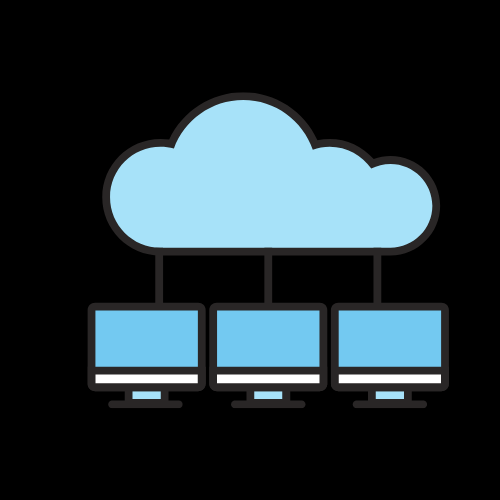[ad_1]
Top 10 Email Marketing Strategies for Small Businesses
Email marketing continues to be an integral part of any successful small business marketing strategy. Not only does it allow you to directly reach your target audience, but it also provides an opportunity to build relationships and foster customer loyalty. With the right email marketing strategies, you can maximize your marketing potential and drive business growth. Here are ten email marketing strategies for small businesses that can help you achieve your marketing goals.
1. Personalization
Personalization in email marketing is key to capturing the attention of your recipients. By tailoring your emails to address the individual needs and interests of your subscribers, you can significantly increase engagement and conversion rates. Use data such as past purchase history, browsing behavior, and demographics to segment your email list and deliver personalized content that resonates with each recipient.
2. Segmentation
Segmenting your email list allows you to send targeted content to specific groups of subscribers based on their interests, behavior, and preferences. By dividing your audience into segments, you can create highly relevant and targeted campaigns that are more likely to drive conversions. Consider segmenting your email list based on factors such as purchase history, geographic location, and engagement level.
3. Mobile Optimization
With the increasing use of mobile devices, it’s essential to ensure that your email campaigns are optimized for mobile viewing. This means using responsive design techniques to ensure that your emails render properly on all types of devices, including smartphones and tablets. By optimizing your emails for mobile, you can provide a seamless user experience and reach a wider audience.
4. Automation
Email marketing automation allows you to streamline your marketing efforts and deliver timely, relevant messages to your subscribers. Whether it’s sending welcome emails, birthday offers, or abandoned cart reminders, automation can help you nurture leads and drive conversions without manual intervention. By setting up automated email workflows, you can save time and resources while engaging your audience in a personalized way.
5. A/B Testing
A/B testing, also known as split testing, is a crucial component of email marketing that allows you to compare different versions of your emails to determine which one performs better. By testing elements such as subject lines, call-to-action buttons, and content variations, you can gather valuable insights and optimize your email campaigns for maximum effectiveness.
6. Clear Call-to-Action
Every email you send should have a clear and compelling call-to-action (CTA) that prompts the recipient to take a specific action, such as making a purchase, signing up for a webinar, or downloading a resource. Your CTA should be visually prominent, persuasive, and aligned with the goal of your email campaign. By optimizing your CTAs, you can drive higher click-through and conversion rates.
7. Valuable Content
Delivering valuable and relevant content is essential for engaging your email subscribers and building trust with your audience. Whether it’s educational resources, special offers, or industry insights, your email content should provide genuine value to your subscribers. By sharing valuable content, you can position your small business as a trusted source of information and encourage subscribers to engage with your brand.
8. Personalized Offers and Promotions
Offering personalized discounts, promotions, and exclusive deals can be a powerful way to incentivize your subscribers to take action. By leveraging data insights and behavioral triggers, you can create personalized offers that resonate with the individual preferences and purchase history of your subscribers. Personalized promotions can drive higher conversion rates and foster customer loyalty.
9. Consistency and Frequency
Consistency and frequency are key factors in email marketing success. By establishing a regular sending schedule and sticking to it, you can build anticipation and trust with your subscribers. However, it’s essential to find the right balance and avoid overwhelming your audience with too many emails. Test different frequencies to determine the optimal sending cadence for your specific audience.
10. Data Analysis and Optimization
Analyzing the performance of your email campaigns is essential for continuous improvement and optimization. By tracking key metrics such as open rates, click-through rates, and conversion rates, you can identify areas for improvement and refine your email marketing strategies. Use the insights gathered from data analysis to make informed decisions and optimize your campaigns for better results.
In conclusion, implementing these email marketing strategies can help small businesses maximize their marketing potential and drive business growth. By focusing on personalization, segmentation, mobile optimization, automation, and valuable content, you can create engaging and impactful email campaigns that resonate with your audience. Additionally, by leveraging A/B testing, clear CTAs, personalized offers, and consistent frequency, you can optimize your email marketing efforts for maximum effectiveness. Finally, data analysis and optimization are critical for refining your strategies and achieving long-term success. With these strategies in place, small businesses can harness the power of email marketing to connect with their audience, drive engagement, and achieve their marketing goals.
[ad_2]
